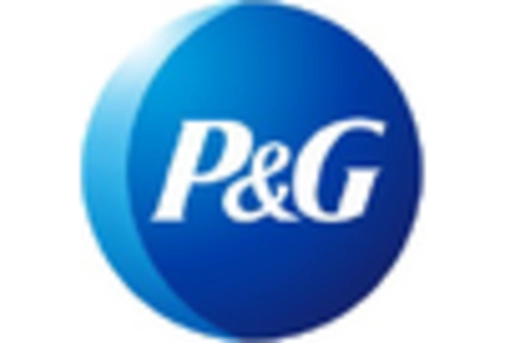US Personal Services Robotics Market Summary
The US Personal Services Robotics Industry is projected to grow from 15.75 USD Billion in 2024 to 45.32 USD Billion by 2035.
Key Market Trends & Highlights
US Personal Services Robotics Industry Key Trends and Highlights
- The market is expected to experience a compound annual growth rate of 10.08% from 2025 to 2035.
- By 2035, the market valuation is anticipated to reach 45.32 USD Billion, indicating robust growth.
- In 2024, the market is valued at 15.75 USD Billion, highlighting its current significance in the economy.
- Growing adoption of robotics technology due to increasing demand for automation in personal services is a major market driver.
Market Size & Forecast
| 2024 Market Size | 15.75 (USD Billion) |
| 2035 Market Size | 45.32 (USD Billion) |
| CAGR (2025 - 2035) | 10.08% |
Major Players
Apple Inc (US), Microsoft Corp (US), Amazon.com Inc (US), Alphabet Inc (US), Berkshire Hathaway Inc (US), Meta Platforms Inc (US), Tesla Inc (US), Johnson & Johnson (US), Visa Inc (US), Procter & Gamble Co (US)












